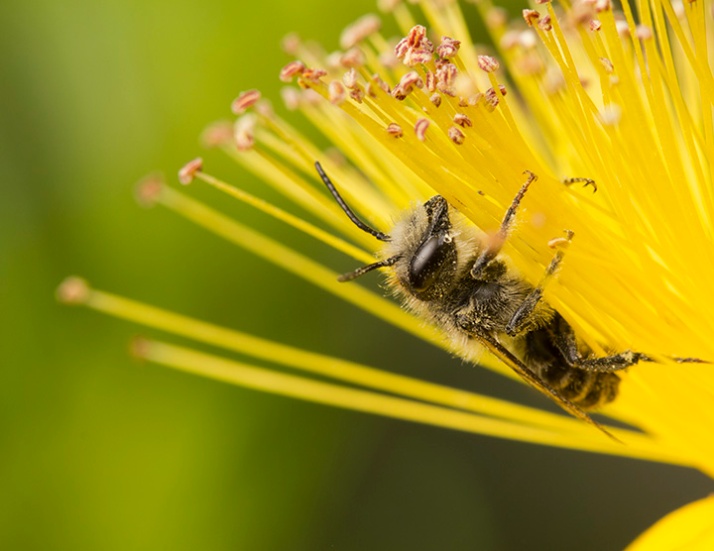
This weekend, we began work with a new high speed camera, a Photron SA-5, with a wicked large sensor capable of recording 7500 frames per second at its full 1024 by 1024 pixel square sensor (and higher speeds at lower resolution). This beastly machine is being used by Mike Hrabar and myself to describe some little-understood phenomena around insect locomotion and behavior, which will hopefully be incorporated into a future paper. The rental of this machine is pricy, and the time when our study species is active is small, so in the downtime we have been using it for all kinds of insect imaging for fun and education. I invite you to join me this week for High-Speed Insect Science (just in case the Shark Week Fiasco has got you down).
Let us begin!
Like many insects, adult Hymenoptera have two pairs of wings on the middle and rear segments of their thorax. These wings beat in unison, and are effectively a single pair of aerodynamic surfaces. They are coupled with a tiny row of hooks (hamuli,; a single one of which is a hamulus) on the leading edge of the hindwing which grab a small fold on the trailing edge of the forewing. In the above video of Polistes dominula taking off, note how the wings beat as one unit, connected by the hamuli. For a close up view of hamuli, check out these shots by flickr user Yersinia pestis.

Sometimes the wings become uncoupled, like when the insect moves through vegetation or after a predator attack. The wings may still re-couple, as they do for this Leafcutter (Megachilid) bee during takeoff:
What is interesting to me is how the decoupled wing seems to make the Megachilid lose lift and bank to the left as it falls, something that indicates a severe aerodynamic stall on that side of the insect. The bee recovered and flew away rapidly, and it wasn’t until the video was saved that I managed to see this temporary decoupling. After the shoot, I found a nice retirement spot for this tattered-looking bee:

Large bees, such as this Bombus vosnensenskii also benefit from the large coupled wing area made possible by hamuli. This, combined with their large thoraces bursting with powerful flight muscles, allow these relative giants to power into vertical takeoffs.

These bees care not for pseudoscience!
Other insect orders also couple their wings with hamuli, such as aphids and male scale insects (Hemiptera), but moths and butterflies use a different structure called a frenulum which hooks into a fold or invagination called a retinaculum.
Hamuli are wonderfully useful structures for the lifestyle of the flying hymenopteran, but they can also be important aids to species identification, as the numbers of hooks may vary between different groups.
Well, I hope you have learned something about wing coupling in Hymenoptera, or at least enjoyed the videos. I will try to get another post ready for tomorrow, depending on what our research schedule is like. Thanks for tuning in!
PS. These are so fun! Here is a shot of a male Polistes dominula making a beautiful takeoff.
This is spectacular. I need to come to your house next time you get a new toy… VERY nicely done!
Thanks! The science part can be stressful and frustrating, but these non-research videos are pretty fun.
Oh Sean, these are really good. How interesting to see all this. Look how much you have educated and awed your ole mother. Thank you.
Enjoyable Thanks
Pingback: High-speed Arthropod Week day 4: halteres | Ibycter
Pingback: I’ve got your missing links right here (10 August 2013) – Phenomena: Not Exactly Rocket Science
Pingback: Morsels for the mind – 16/8/2013 › Six Incredible Things Before Breakfast